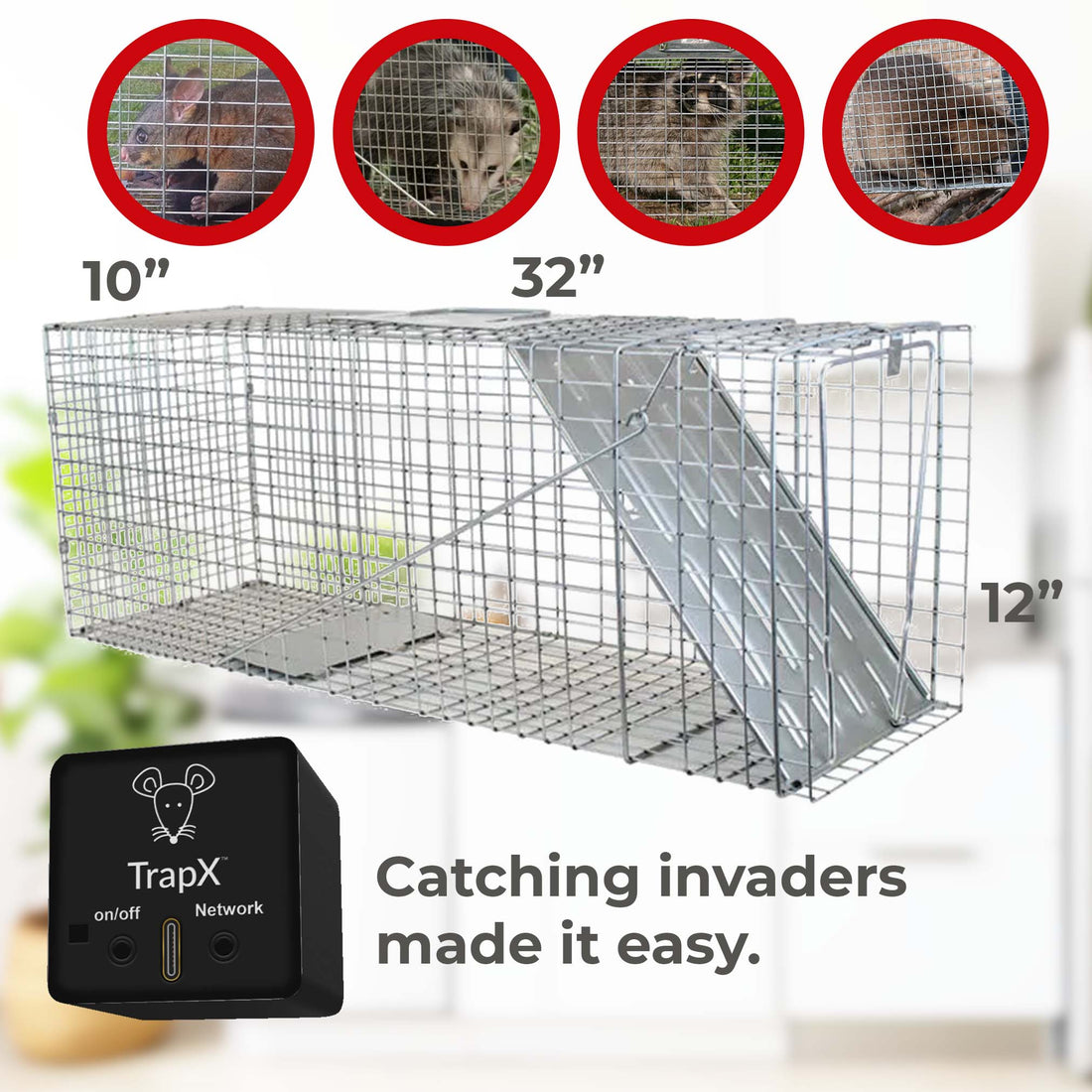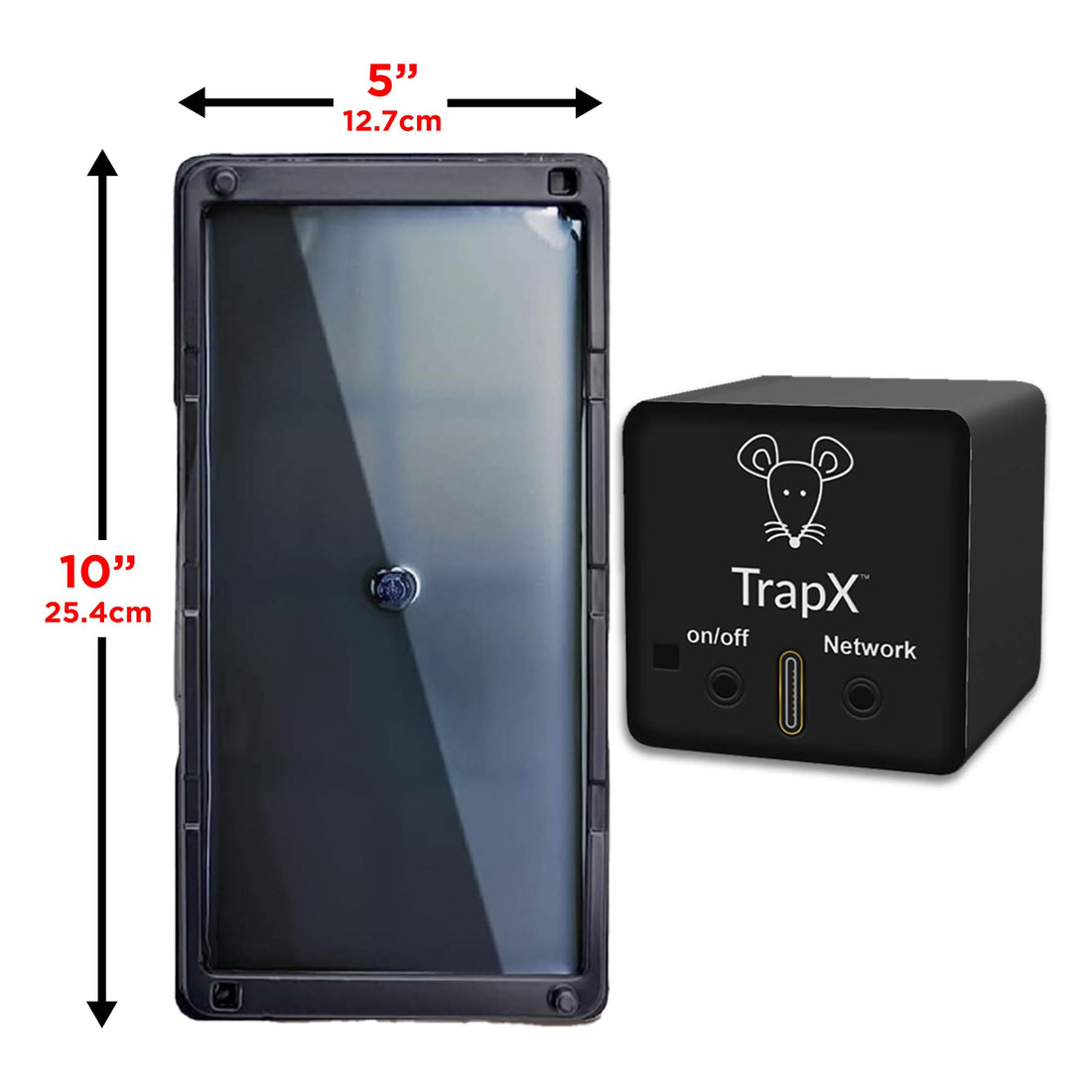The Ultimate Guide to Pest Control Traps: Effective Solutions for a Pest-Free Home
Share
Are you tired of dealing with pesky pests in your home? Do you want to find a solution that is both effective and safe for your family? Look no further than pest control traps. In this ultimate guide, we will explore the different types of pest control traps available, how they work, and how to use them effectively to keep your home pest-free.
click here to view this video: https://www.youtube.com/watch?v=uAytkgAfQYo

Why Use Pest Control Traps?
Pest control traps are an essential tool in the fight against pests. They offer a safe and non-toxic way to eliminate unwanted insects and rodents from your home. Unlike chemical pesticides, which can be harmful to humans and pets, pest control traps target specific pests without posing any risk to your family's health. They are also an environmentally friendly option, as they do not release harmful chemicals into the air or water.
click on this link to buy this product https://amzn.to/3UO1bUJ
The Different Types of Pest Control Traps
There are several types of pest control traps available on the market, each designed to target specific pests. Let's take a closer look at some of the most common types:
- Rodent Traps: These traps are designed to capture and kill mice and rats. They come in various forms, including snap traps, glue traps, and electronic traps. Rodent traps are highly effective and can help prevent damage to your home and the spread of diseases.
- Insect Traps: Insect traps are designed to attract and trap flying insects such as flies, mosquitoes, and moths. They use bait or pheromones to lure insects into the trap, where they are either trapped or killed. Insect traps are a great option for controlling flying pests both indoors and outdoors.
- Bed Bug Traps: Bed bug traps are specifically designed to capture and monitor bed bugs. They use a combination of heat, CO2, and a sticky surface to attract and trap bed bugs. Bed bug traps are an effective tool for early detection and can help prevent a small infestation from becoming a full-blown problem.
- Ant Traps: Ant traps are designed to attract and eliminate ants. They contain a sweet or protein-based bait that lures ants into the trap, where they consume the bait and bring it back to their colony, effectively eliminating the entire ant population.

How Pest Control Traps Work
Pest control traps work by exploiting the natural behaviors and instincts of pests. Each type of trap is designed to target a specific pest and uses different mechanisms to capture or kill them. Let's explore how some of the most common pest control traps work:
- Snap Traps: Snap traps are commonly used to catch mice and rats. These traps consist of a spring-loaded metal bar that snaps shut when triggered by the pest. The force of the snap is enough to kill the pest instantly. Snap traps are highly effective and can be reused multiple times.
- Glue Traps: Glue traps are sticky boards that capture pests when they come into contact with the adhesive surface. Once trapped, the pests are unable to escape. Glue traps are an effective option for capturing insects and small rodents.
- Electronic Traps: Electronic traps use bait to lure pests into an enclosed chamber. Once inside, the pests are killed by an electric shock. Electronic traps are a humane and effective option for controlling rodents.
- CO2 Traps: CO2 traps are commonly used to capture bed bugs. These traps release a steady stream of carbon dioxide, simulating the breath of a human or animal. Bed bugs are attracted to the CO2 and are lured into the trap, where they become stuck on a sticky surface.

Tips for Using Pest Control Traps Effectively
While pest control traps are a powerful tool in the fight against pests, it's important to use them correctly to achieve the best results. Here are some tips to help you use pest control traps effectively:
- Identify the Pest: Before using a pest control trap, it's important to correctly identify the pest you are dealing with. Different traps are designed for different pests, so using the wrong trap may not yield the desired results.
- Place Traps Strategically: To maximize the effectiveness of pest control traps, it's important to place them in areas where pests are likely to be present. For example, place rodent traps along walls or in areas where you have seen signs of rodent activity.
- Use the Right Bait: Many pest control traps require bait to attract pests. Make sure to use the appropriate bait for the pest you are targeting. For example, sweet baits work well for ants, while peanut butter or cheese can be effective for mice and rats.
- Monitor and Maintain Traps: Regularly check your pest control traps to ensure they are working properly. Replace bait as needed and dispose of captured pests according to local regulations.
- Combine Traps with Other Pest Control Methods: While pest control traps are effective on their own, combining them with other pest control methods can yield even better results. For example, using traps in conjunction with proper sanitation practices can help prevent future infestations.
Conclusion
Pest control traps are a safe, effective, and environmentally friendly option for eliminating pests from your home. By understanding the different types of traps available and how they work, you can effectively control and prevent pest infestations. Remember to use traps strategically, monitor them regularly, and combine them with other pest control methods for optimal results. With the right approach, you can enjoy a pest-free home and peace of mind for you and your family.
Jan02.chat.1pass.general public.pest control trapsAs an Amazon Associate, I earn from qualifying purchases.
